Poland has reintroduced border controls at its crossings with Germany and Lithuania amid mounting concerns over increasing numbers of undocumented migrants, the government announced on July 8.
Prime Minister Donald Tusk said the temporary measures are needed to “redirect migration flows” that bypass border barriers with Belarus and enter Europe from the west and north. This move aims to manage routes passing through Germany and Lithuania more effectively as tensions rise over migrant pressure.
Interior Minister Tomasz Siemoniak confirmed that checkpoints would be set up at 52 crossings with Germany and 13 with Lithuania, with only official personnel authorised to perform inspections. The controls will last at least 30 days, aligning with Schengen rules on temporary internal border checks, and may be lifted once neighbouring countries ease their own restrictions.
Authorities deployed hundreds of officers, including police, gendarmerie, and army personnel, to implement the checks. Initial operations detected and intercepted an alleged smuggling attempt involving an Estonian driver carrying Afghan nationals across the Lithuanian border.
Tusk emphasised that these actions are meant to benefit the entire European Union by reinforcing external border security. The decision follows recent reports of migrants being redirected into Poland after being turned away from Germany, prompting domestic demands for stronger migration controls.
The reintroduced border measures have sparked debate, with some warning they could disrupt travel and trade, while supporters argue they are essential to handle migration pressure and maintain order under EU migration frameworks.
With input from Al Jazeera
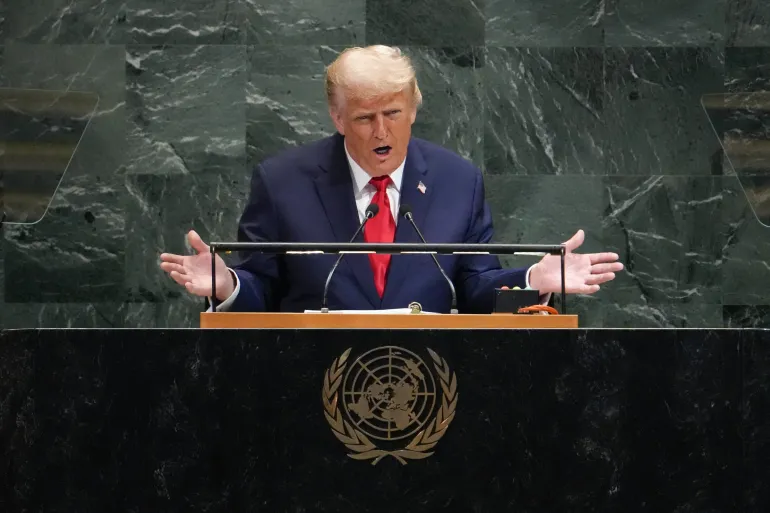
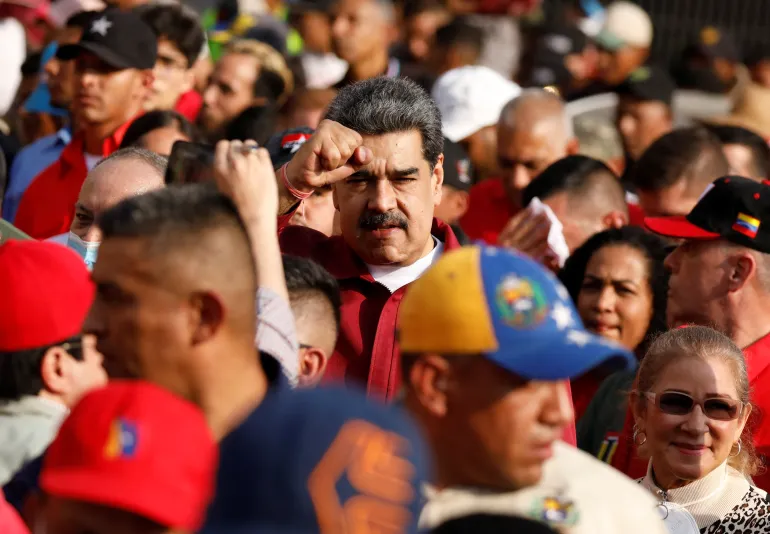
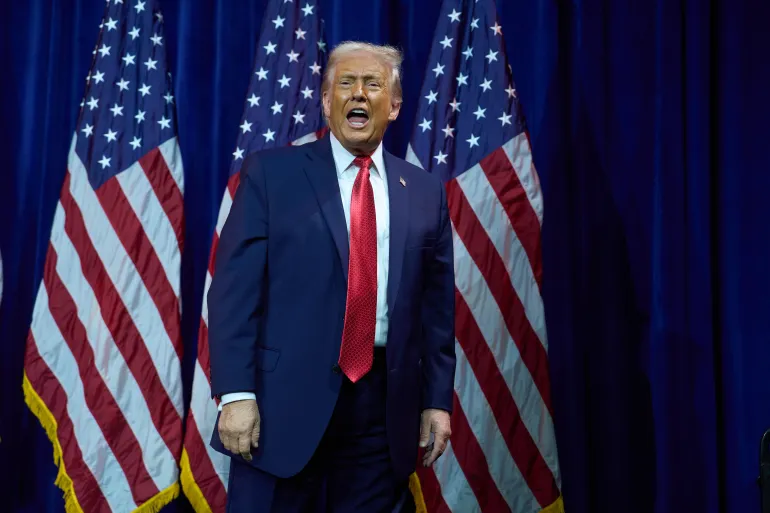
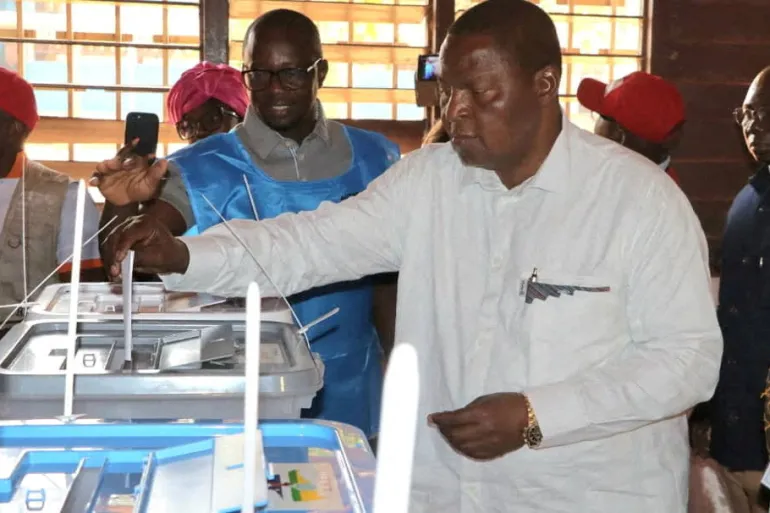

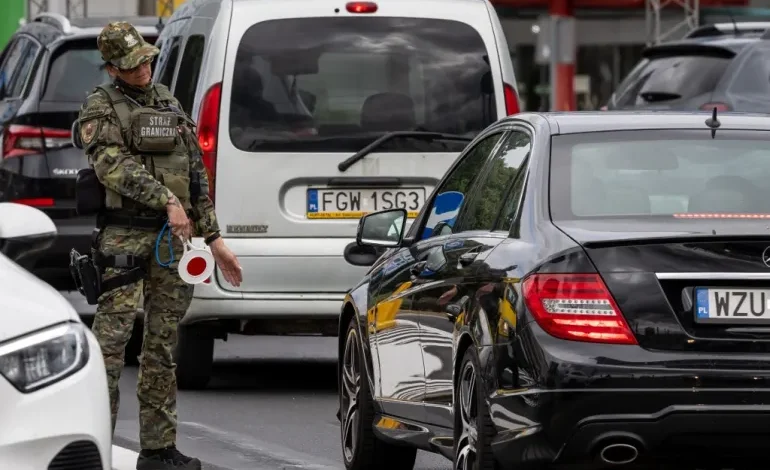


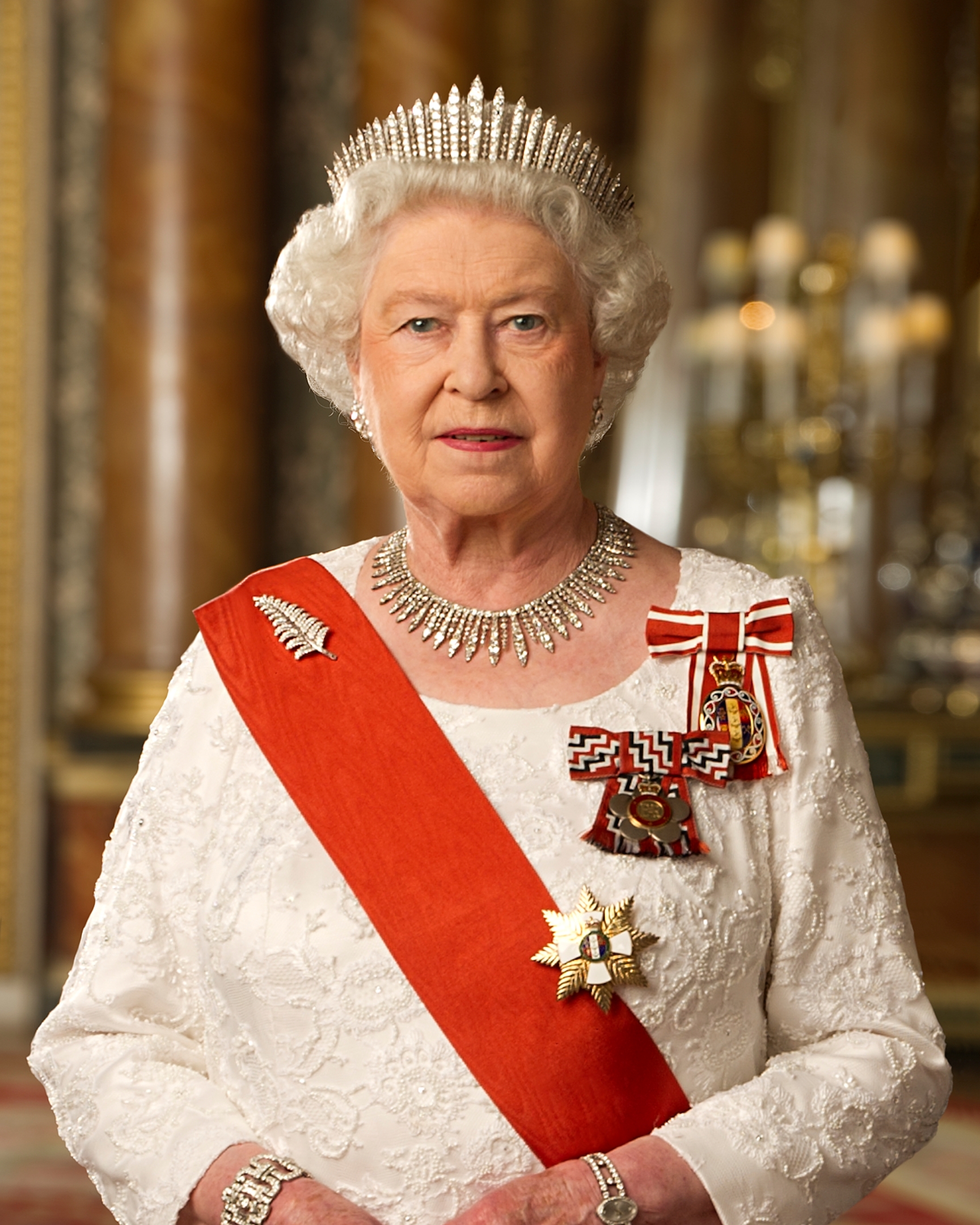

The latest news in your social feeds
Subscribe to our social media platforms to stay tuned